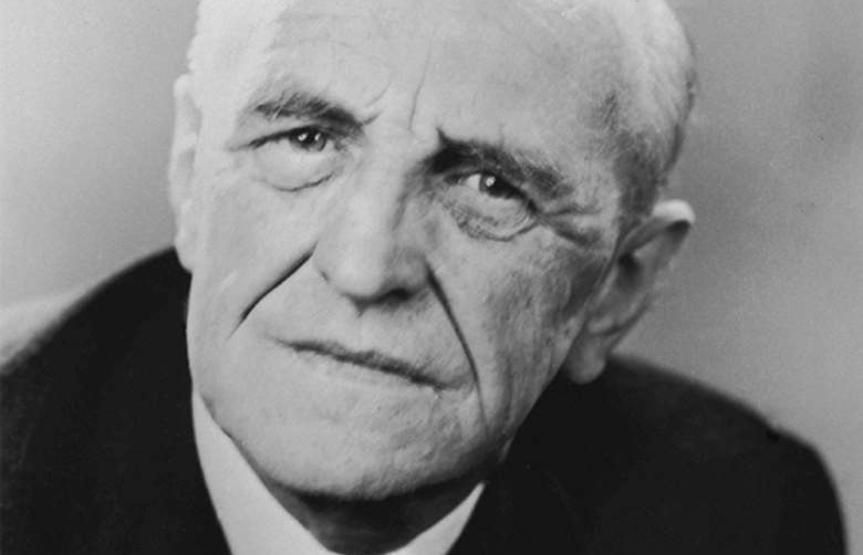Donald Winnicott: “The good enough mother” and the emerging sense of self

Winnicott’s contribution to psychoanalysis is unparalleled particularly when it comes to understanding the significance of the concept of the “good enough mother” and its implications on the development of the self but what does that mean and what does the process involve?
The importance of attunement
Infant research and neurobiology have informed us that an infant needs an attuned other to be present for its optimal development and organization of experience. Winnicott highlighted that there is no such thing as a baby without the mother meaning that there is a mutual regulatory interdependence between them. “Good enough” mothering implies that the infant-mother interactions create the conditions that allow the infant’s homeostatic equilibrium to be maintained. This is accomplished when through the gaze and soothing voice, the primary caregiver’s brain synchronizes adequately with the infant so as to regulate its physiological functions, contributing to building the brain and facilitating the emerging self.
Processing and storing these early life experiences occurs in the right hemisphere which is connected to the limbic system (the emotional processing center guiding emotional expression, behavior and organizing new procedural learning). It is central in making associations between emotions with ideas, in analyzing signals from the body that facilitate regulation of survival mechanisms through the autonomic nervous system (ANS) as well as in maintaining a cohesive sense of self.
Surviving aggression and keeping the transitional space open
In “Playing and Reality” in 1971, Winnicott refers to the good enough mother’s attunement as also involving the capacity to survive the infant’s/child’s aggression/ attacks by avoiding retaliation or withdrawal. This allows the child to gradually recognize her as a subject outside of its omnipotent control, which ultimately creates space for the experience of guilt about the aggression and the development of the capacity for concern/care.
Moreover, the ”good enough mother” is described in Transitional Objects and Transitional Phenomena( 1951) by Winnicott as one who manages to keep the transitional space open by not imposing her own reality on the creative world of the child but instead being able to invite play, whilst simultaneously enjoying the infant’s presence as well as what has come into being through pretend.
Misattunement and dissociation
Winnicott suggests that “if maternal care is not good enough, the infant cannot come into existence, since there is no continuity in being; instead, the personality becomes built on the basis of reactions to environmental impingement”.
The consequences of a mother who cannot attune to the infant’s /child’s needs, cannot survive its aggression, cannot keep the transitional space open but instead retaliates or withdraws through dissociation are repetitive regulation ruptures and dysregulation that negatively affect the infant’s homeostasis and the attachment. The child lacks the necessary harmonious, attuned attachment experiences to self regulate and restore its equilibrium. The mother’s own regulatory strategy of dissociation due to her own traumas, making her unable to attune to the infant, means that she unknowingly transmits her terror and dissociation and the infant responds to this by matching her right brain functions. More specifically, the infant’s sympathetic ANS prepares the body for fight/ flight (increased heart rate, blood flow) and the infant experiences hyperarousal, which leads to increasing its attempts to engage the mother (e.g. crying). If these efforts fail, the parasympathetic ANS responds to increased levels of stress through dissociation by becoming helpless (e.g. going quiet, staring off in space).
Early relational trauma and the corresponding infant’s dissociation have a negative impact on the developing right brain (the center of the emotional self). Ultimately the consequences are problems in regulation of affect, disorders in attachments and difficulties with subjectivity and sense of self, all of which increase the possibility for later psychopathology especially certain psychiatric disorders characterized by affect dysregulation.
How does Winnicott’s concept of the “good enough mother” help us understand caring and teaching roles?
Winnicott’s concept of the “good enough mother” has implications for all kinds of professional roles in education and caring professions, where one has a strong influencing role towards someone more vulnerable or someone who is still growing, maturing and learning.
The function of the “good enough mother” informs psychoanalysis/ psychotherapy as the therapist, just like a mother must provide attuned regulatory experiences that can help an underdeveloped self to develop. In the same way as a mother, a psychotherapist/analyst has to be able to survive the patient’s attacks on the therapist and the psychotherapeutic process as well as keep the transitional space open so as to imagine with the patient through play with words, new possibilities of being, whilst enjoying together what has been co-created.
However, parents and analysts are not the only ones that must be “good enough”. Teachers have to be “good enough teachers”, supervisors need to be “good enough supervisors” and so on. This involves attunement to the best of one’s ability to the other’s needs and limitations through continuous efforts, without retaliating, withdrawing/dissociating. It involves creating a safe, compassionate and creative space with boundaries that can facilitate experiences of regulation, contributing to the development of the self that increase the possibilities of learning from experience. This way, through accumulating good enough relational experiences of attunement and regulation that contribute to the individual’s continuous growth, one can be better equipped to enter the demands of the world particularly after the completion of studies with a more cohesive sense of self expressed in a healthy self esteem and confidence.
